July 4, 1938: The day Suzanne Lenglen, tennis’ first female superstar, passed away
Every day, Tennis Majors takes you back in time to relive a tennis event which happened on this specific day. On this day in 1938, Suzanne Lenglen, the first female tennis superstar, passed away at the young age of 39
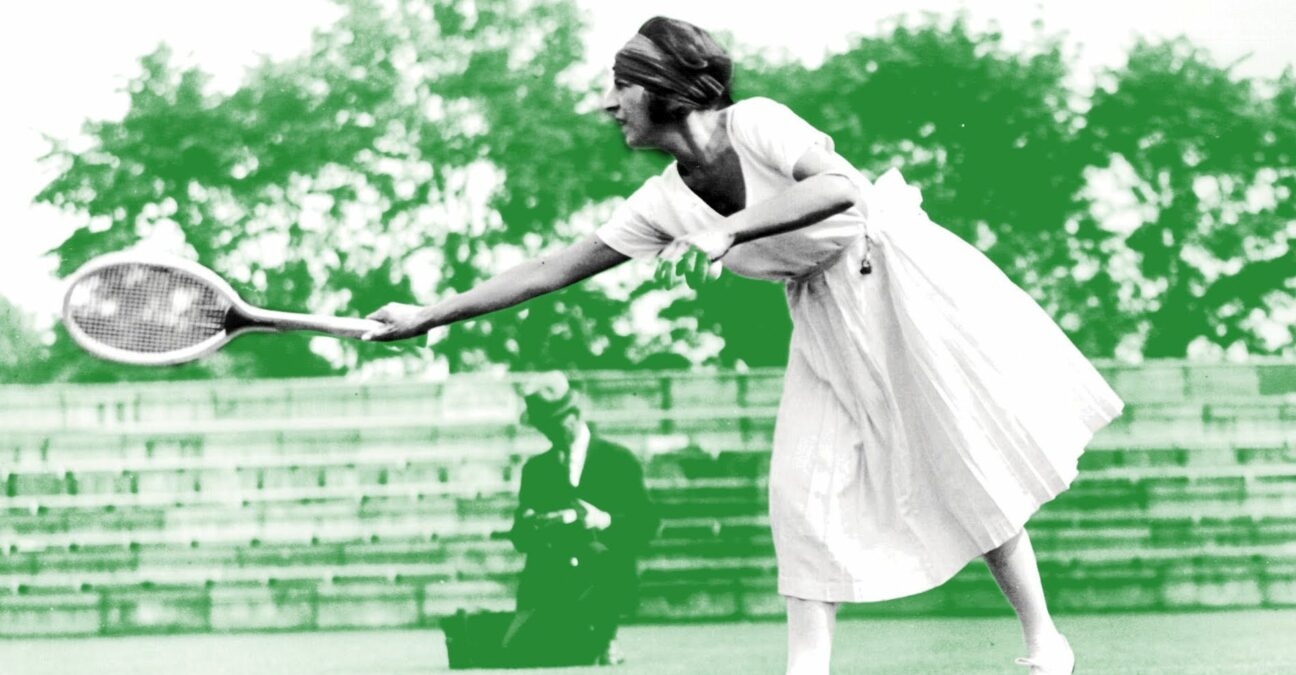 Suzanne Lenglen, On this day
Suzanne Lenglen, On this day
What happened exactly on that day?
On this day, July 4 in 1938, the first superstar in women’s tennis, Suzanne Lenglen, died from leukemia at the age of 39. Almost unbeatable in the 1920s, suffering only one loss in her post-war career, “The Goddess” created unprecedented enthusiasm with her innovative game style as well as her charisma.
The facts: Suzanne Lenglen, “The Goddess”, almost invincible
Born in 1899, Suzanne Lenglen quickly displayed various sport skills, but when she began playing tennis, her father felt that she could become an exceptional player. He made her practice her groundstroke accuracy for hours, but also her physical conditioning, which was very uncommon at the time. His method included heavy demands and harsh criticism, as he admitted himself: “Although my advice was always well intentioned, my criticisms were, at times, severe, and occasionally intemperate”.
Lenglen won her first tournaments as early as 1912 and her skills didn’t go unnoticed: in January 1914, she was chosen to partner tennis legend Anthony Wilding in mixed doubles at a series of tournaments on the French Riviera.
A few weeks later, she reached a milestone, triumphing at the World Hard Court Championships, which were ironically held on clay at the Stade Français in Paris. Her father refused to sign her up for the World Championships held at Wimbledon, as she had never played on grass before, and then, the outbreak of World War I interrupted her career.
No competitions were held during the war, but the Lenglen family settled in Nice, and there, Suzanne continued sharpening her game. She practiced a lot with male players, which made her game stronger and more aggressive. After the war, she claimed her first major title at Wimbledon (the concept of “Grand Slam” didn’t exist at the time), being the first non-British woman to lift the trophy, and it was the beginning of an undisputed domination in the women’s game.
In the following years, Lenglen accumulated six consecutive Wimbledon titles (1919-1925), but also four trophies at the French clay court championships (which would later become Roland-Garros, 1920-1923), and three additional titles at the World Hard Court Championships (1921-1923). Her stardom drew so many people to Wimbledon that it is believed that it played a part in the change of location of the tournament in 1922.
Her only loss came at the 1921 US National Championships, when she retired from her match against Molla Mallory after the loss of the first set (6-2). This loss put an end to her 108- match winning streak and was followed by another 179-match winning streak. In France, a country deeply wounded by World War I, her popularity grew way outside the tennis court and she became a symbol of national pride, to the point where she was nicknamed “The Goddess”.
On top of her tennis skills, she was also a charismatic player. Her clothes, designed by Jean Patou, redefined the way women dressed on the tennis court, and her headband became known as “The Lenglen bandeau”. She was known to have a sip of cognac when chips were down, and she was also one of the first ladies to argue with the umpires and dispute line calls.
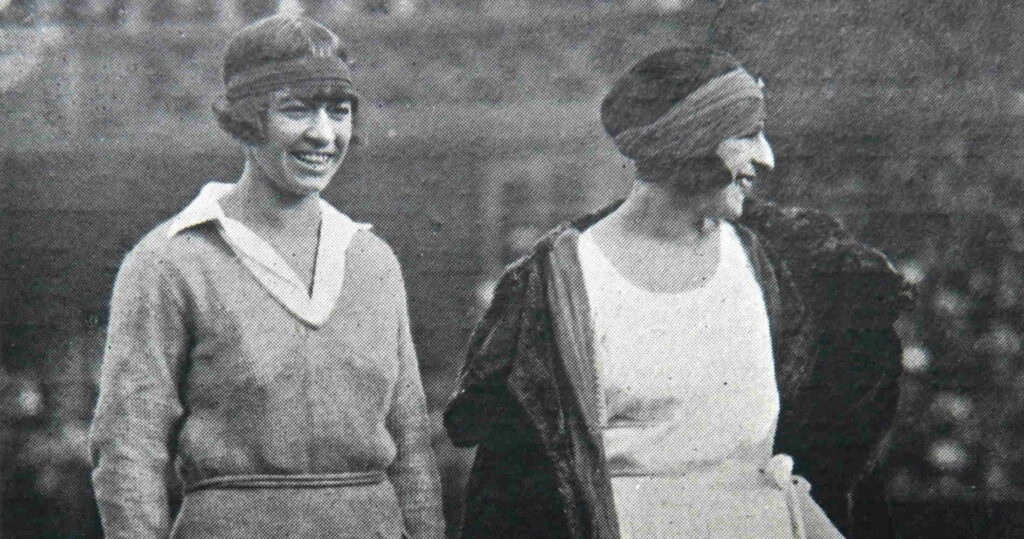
For years, no player seemed to be in able to even challenge the great Suzanne Lenglen. In 1925, she won Wimbledon, dropping only five games in the entire tournament, but in 1926, an American player on the rise came to France for the first time: Helen Wills, three-time US Nationals champion.
Lenglen and Wills faced each other only once, in Cannes, in an event called “the Match of the Century”. Tickets were sold out amd were six times more expensive than tickets at the U.S. National Championship men’s singles final. A Russian grand duke, the Swedish king, and an Indian raja were among the 6,000 spectators attending the event. Lenglen prevailed, 8-6, 6-2.
A few months later, after an incident at Wimbledon led her to withdraw from the event, Lenglen signed a contract to become a professional player. She was heavily criticized for that decision, which she explained clearly: “In the 12 years I have been champion I have earned literally millions of francs for tennis and have paid thousands of francs in entrance fees to be allowed to do so,” Lenglen said, according to The International Tennis Hall of Fame.
“I am 27 and not wealthy – should I embark on any other career and leave the one for which I have what people call genius? Or should I smile at the prospect of actual poverty and continue to earn a fortune – for whom?”
Lenglen’s professional tours in 1926 and 1927 in the United States and the United Kingdom were a success. However, “The Goddess” didn’t appear in any professional event later and announced her retirement in September 1928.
In the early 1930s, Lenglen would collaborate with fashion designers and was an occasional actress, but then, she returned to tennis, opening a tennis school in Paris in 1936. In 1938, she was diagnosed with leukemia. She lost her battle against this disease in only three weeks, and on July 4, 1938, Suzanne Lenglen passed away. A huge crowd attended her funeral, including the French Prime minister, Edouard Daladier, and the King of Sweden.
What next? Suzanne Lenglen goes down in tennis history as a legend
Suzanne Lenglen would live in the history of French tennis as a true legend of the golden era, along with the Four Musketeers. The Roland-Garros women’s trophy would bear her name, and the second show court at the French Open would be named after her.
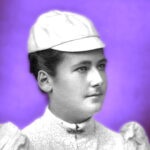
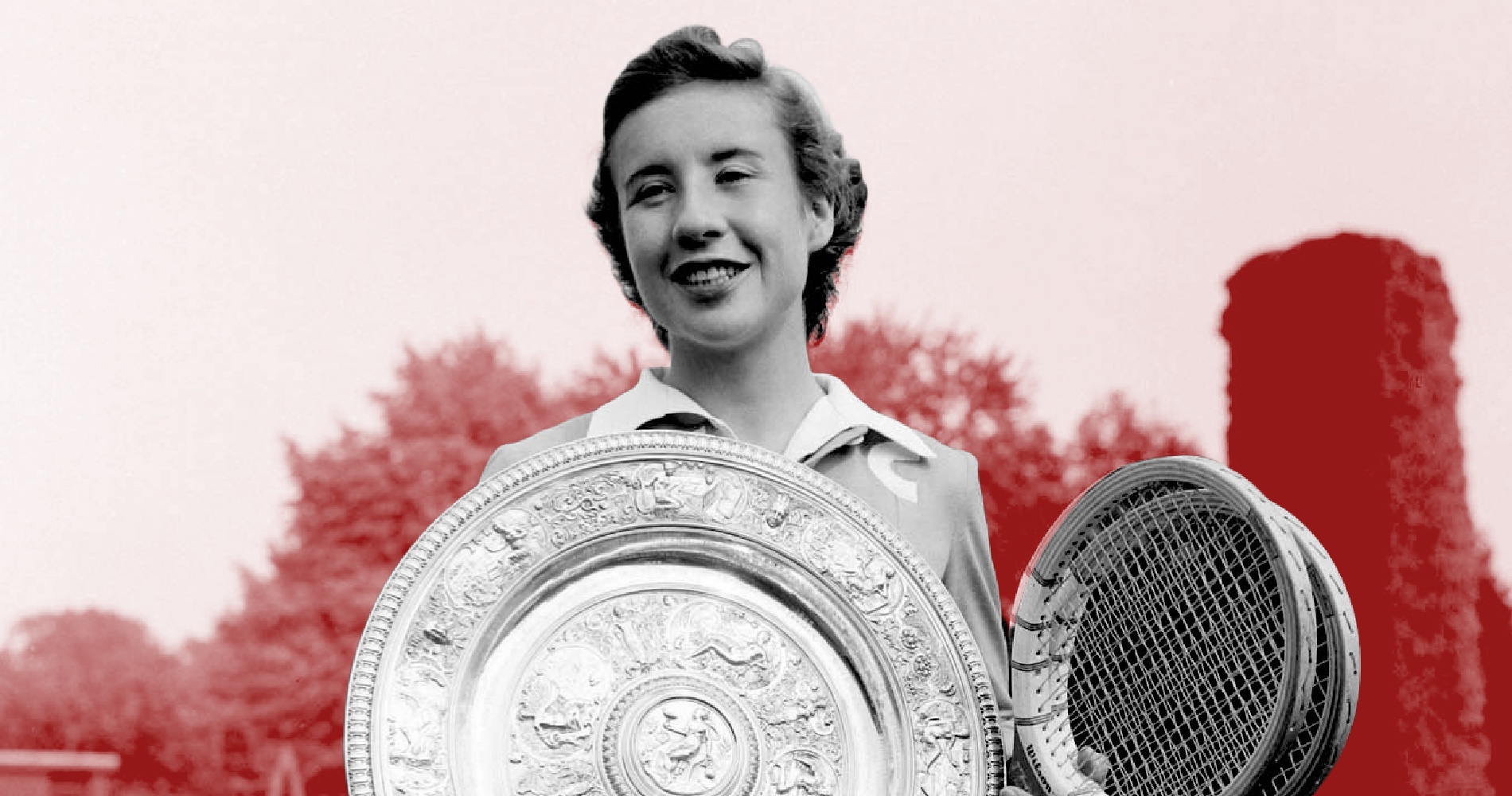





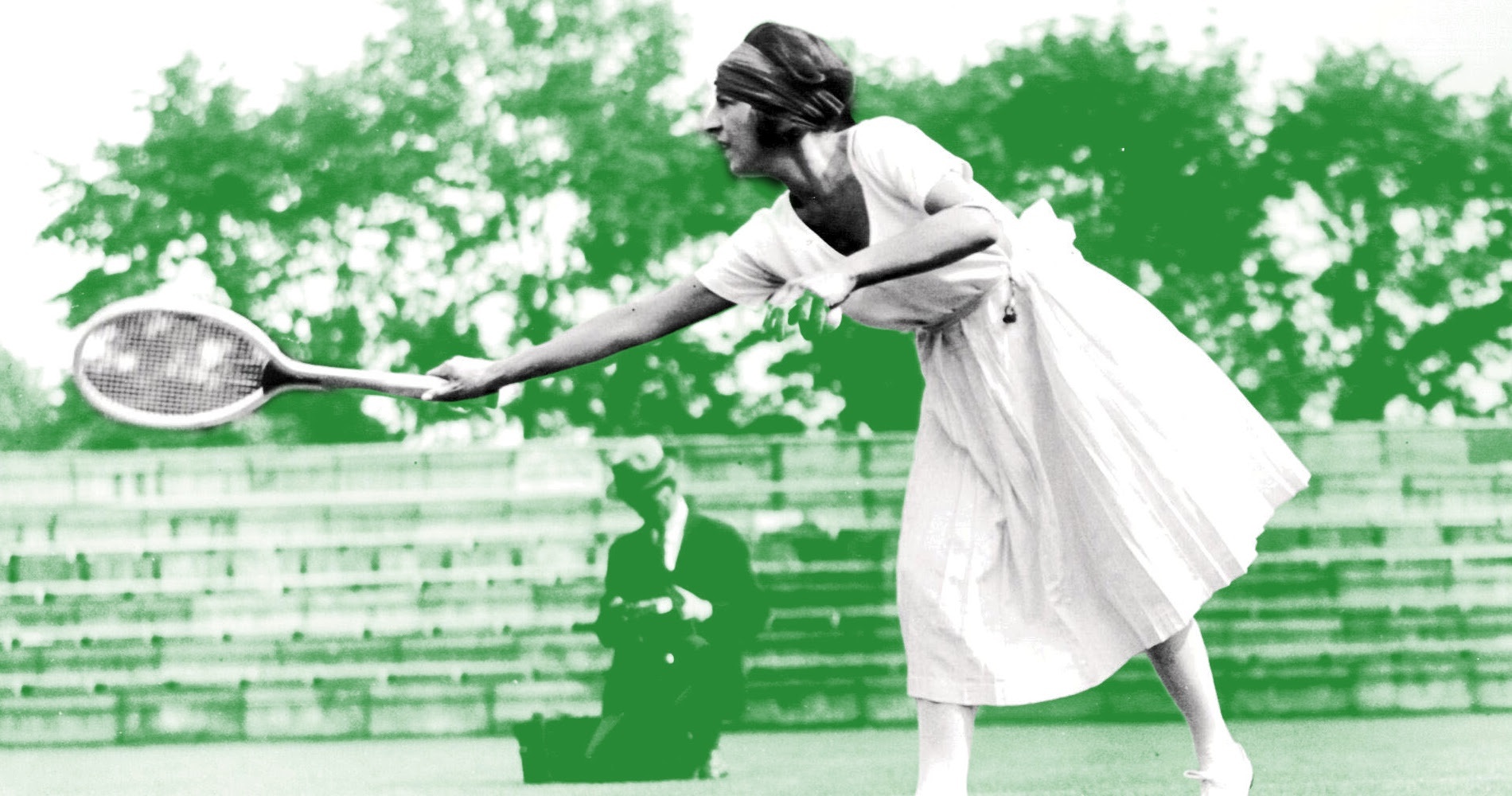






I really like seeing websites that understand the value of providing a quality useful resource for free. I wish I had your blogging style.
He’s been confined to desk duties ever since he accidentally shot a famous baseball-player for trespassing in his own stadium.